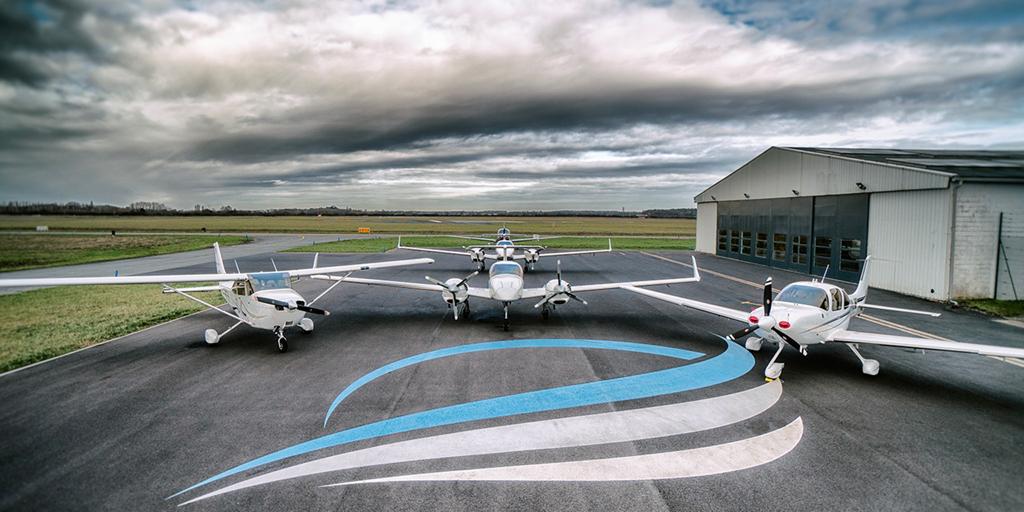
AstonFly
Paris-based flying school AstonFly was enjoying growth when the COVID-19 crisis hit in 2020, causing a brutal depression in commercial pilot demand. Sister company Astonjet, an executive air charter operator, has benefitted from business aviation’s resilience and helped Astonfly remain afloat.
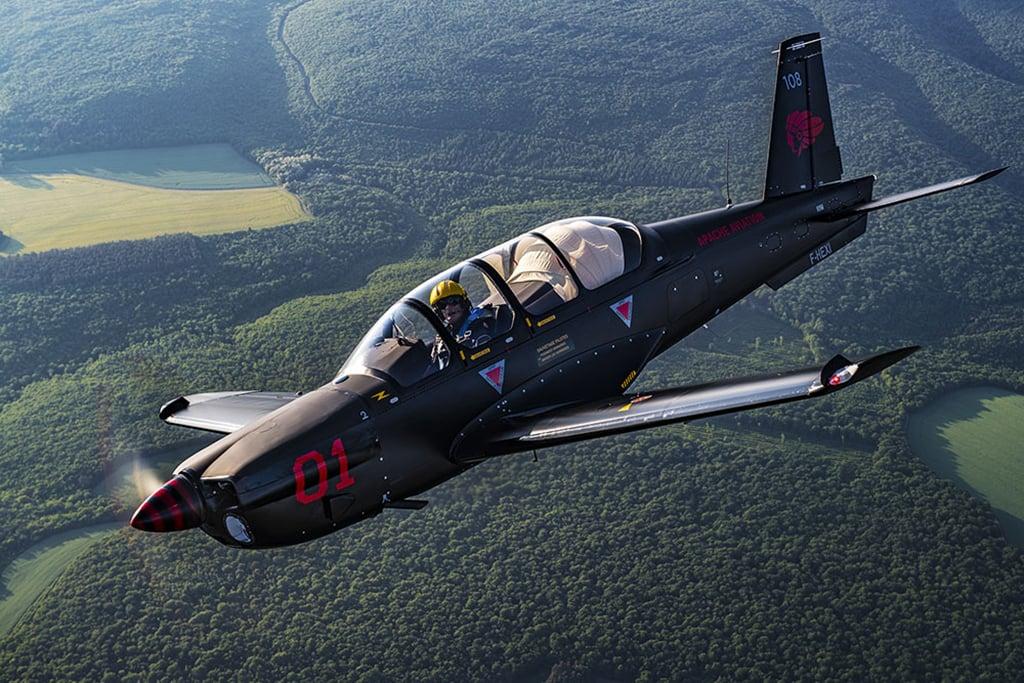
Apache
Apache Aviation, a flying school based in Dijon, France, has been offering upset prevention and recovery training after the European Union Aviation Safety Agency mandated such pilot instruction in 2019. JetFly, an executive air charter operator based in Luxembourg, was one of the first customers.
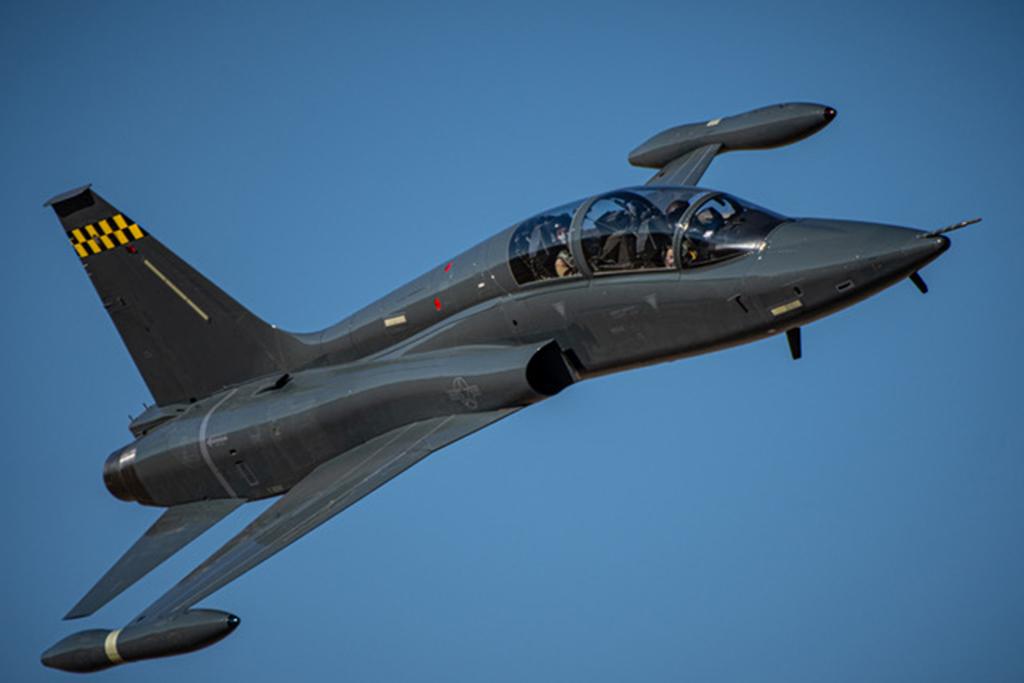
FSI
FlightSafety International and Flight Research have this month announced they are joining forces in upset recovery training. Using Northrop F-5 jets, the program will give pilots the opportunity to experience inflight upset with real gravitational forces, vestibular excitation and mental stress that can only be delivered in a plane, as oppose to a simulator, according to the two companies.

Frasca
Small jet types are benefitting from technologies that used to be a prerogative of large business jets. U.S.-based Frasca International offers a Level-D full flight simulator for the Cessna Citation CJ1+, featuring electric motion for clean and quiet operation, as well as a 200x70 field of view.
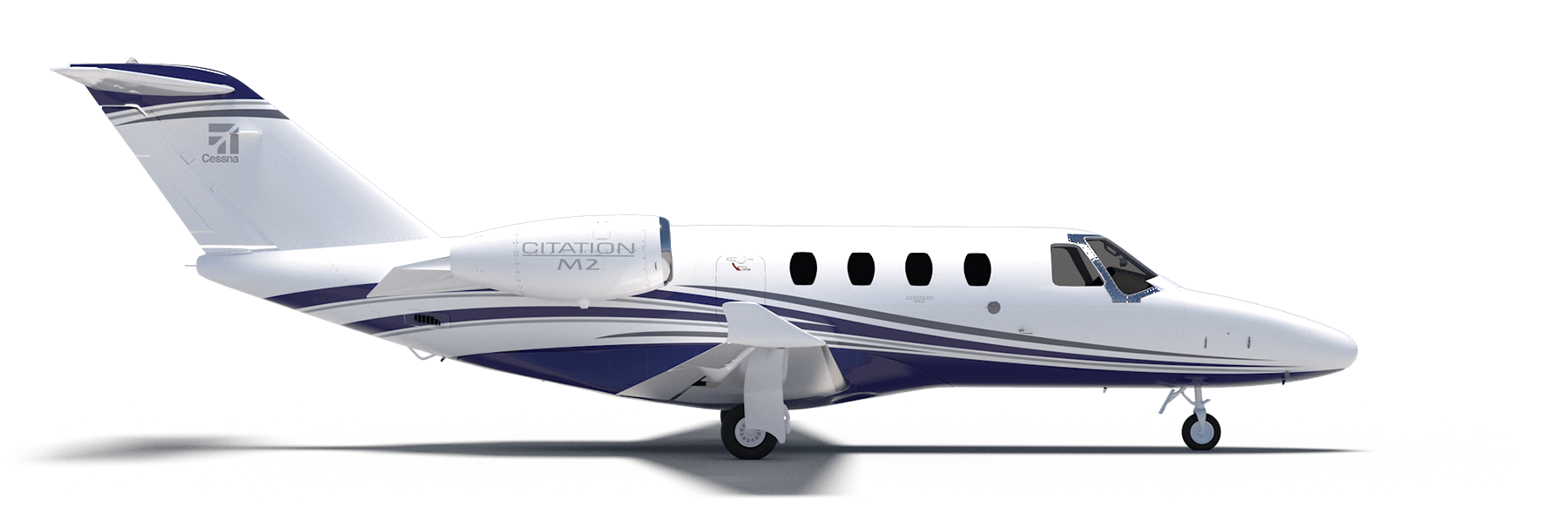
Cessna
TRU Simulation+Training late last year signed an agreement with the Civil Aviation Flight University of China (CAFUC) to build and install a Cessna Citation M2 level-D full flight simulator at a training center in Guanghan, China. It will support CAFUC’s fleet of four new Citation M2s. Potentially an enabler for business aviation to take off in China, the system is expected to be operational by the end of 2021.
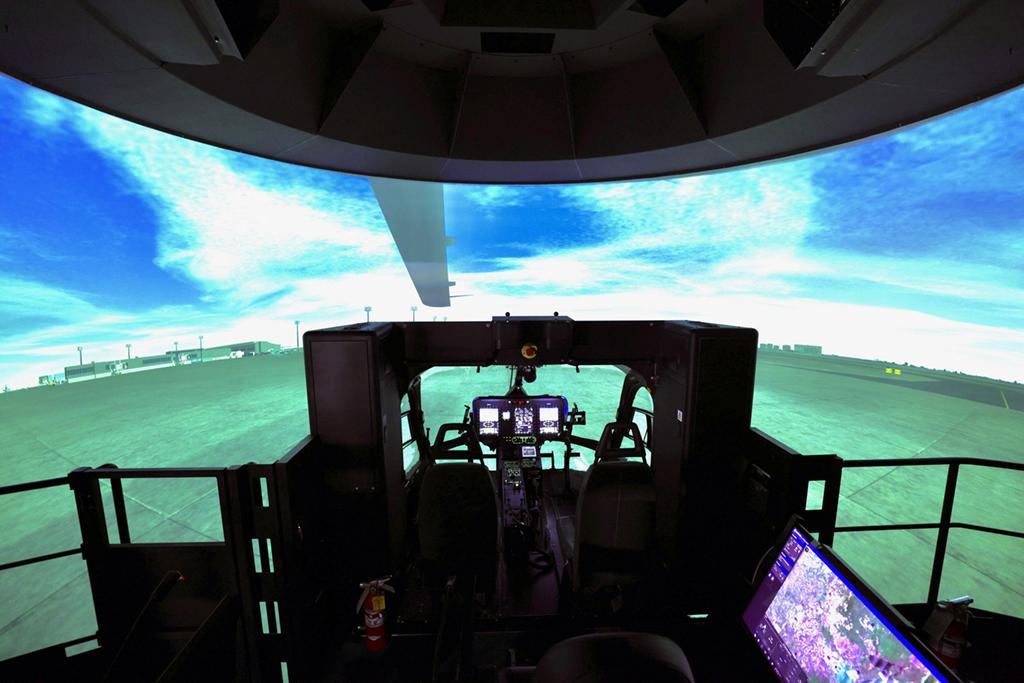
Helisim
Helicopters, a non-negligible component of business aviation, are seeing full flight simulators becoming commonplace, at last. The Helisim Simulation Center, located inside the Airbus Helicopters Inc. facility in Grand Prairie, Texas, has just inaugurated a new Thales Reality H full-motion flight simulator for the H145 light twin.

Thales
Thales has created a new tool for the instructor in the flight simulator, allowing him or her to better understand the pilot’s cognitive state and thus enabling more effective training sessions. While designed for helicopters, the system can be seen as pioneering a technology that may become widespread. It makes the most of recent advancements in eye-tracking and neuroscience. It thus shows a “heat map” of the areas where the student has been looking at.
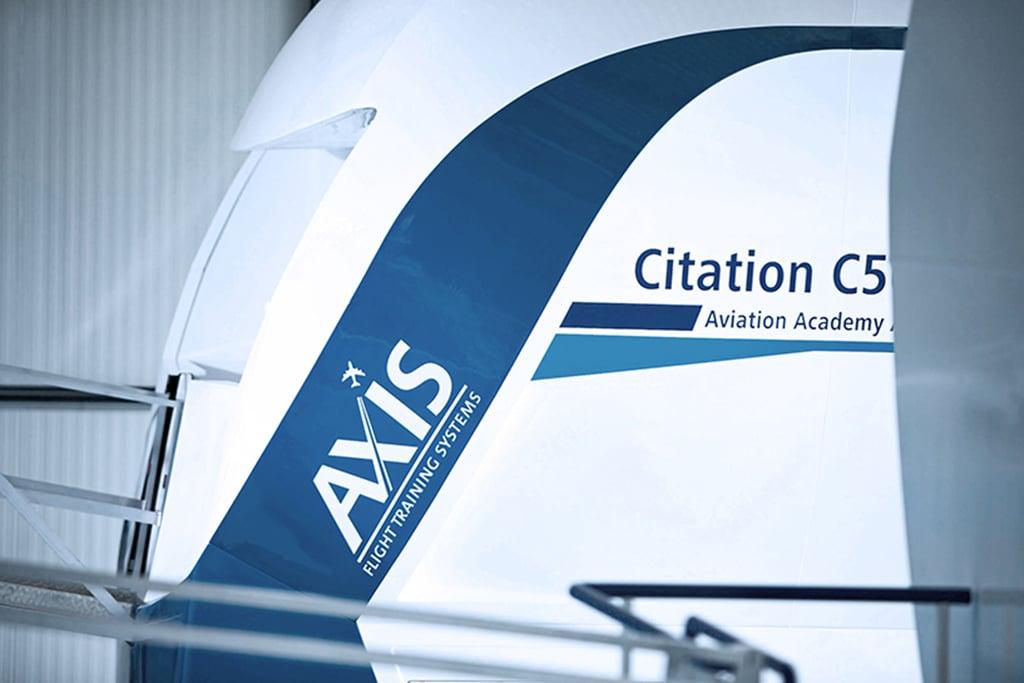
AXIS
AXIS, a flight simulator manufacturer based in Austria, has upgraded a Cessna Citation Excel simulator to provide advanced upset prevention and recovery training, using data gathered from flight tests performed in the real aircraft. The company is thus claiming such instruction can be conducted in a simulator. The tests were performed last year. They included wings-level and accelerated stalls, with all flap settings, says Axis. High altitude stalls in clean configuration were also flown. The flight data was gathered from the flight data recorder and installed sensors. The simulator’s stall and post-stall model was then adjusted and extended based on that data. The resulting simulator behavior was assessed during an evaluation by the test pilot who flew the stall maneuvers in the actual aircraft.
Simulator technology is improving and such highly realistic devices are becoming widespread. But real aircraft are fashionable again in pilot training. Upset prevention and recovery training is now mandatory and requires in-flight experience.
